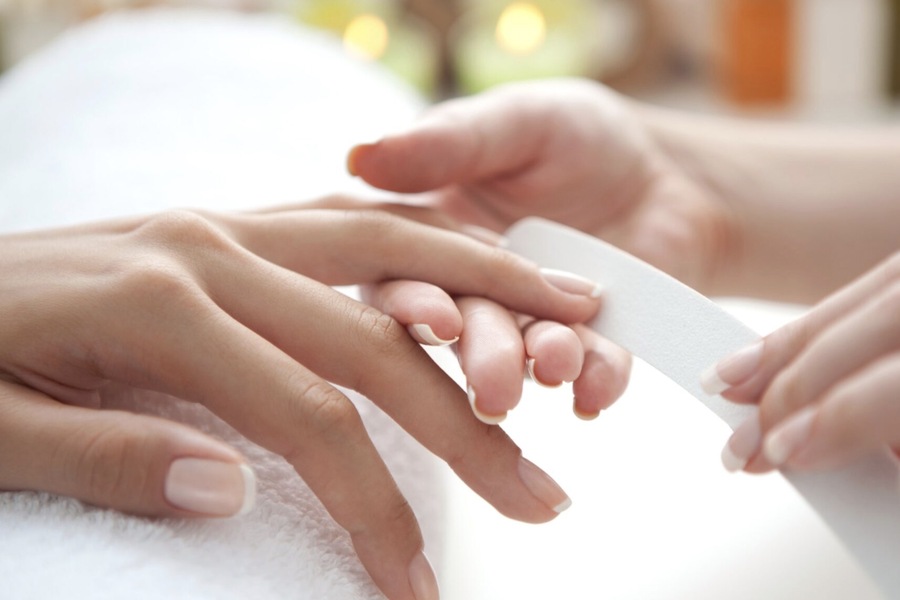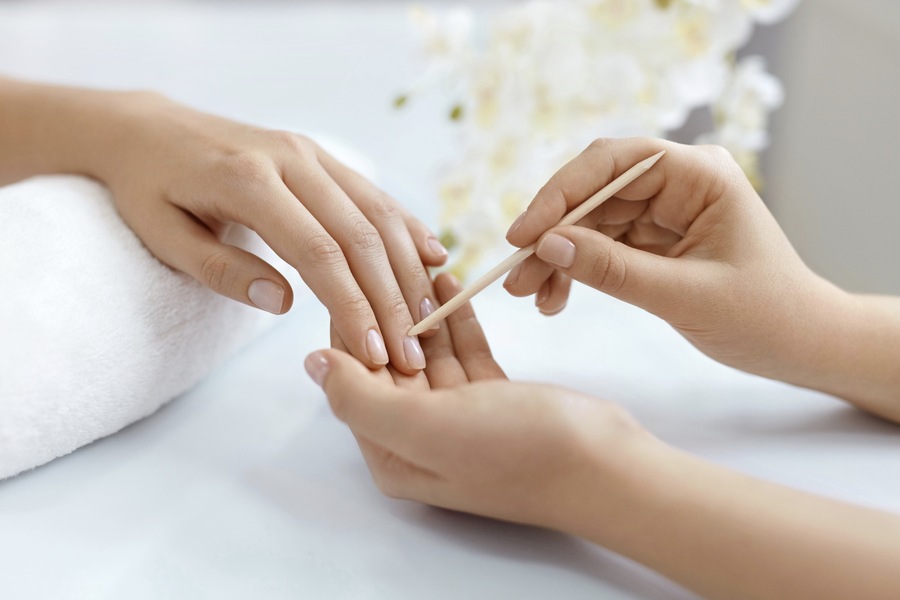In recent years, artificial nails have become a game-changer in the beauty industry, offering a practical and stylish solution for individuals seeking perfectly manicured nails. Whether for aesthetic enhancement or functional reasons like correcting brittle and weak nails, nail extensions, including popular options like gel nail extension, provide a versatile and long-lasting alternative to traditional natural manicures.
For individuals who struggle with nail imperfections such as peeling, delamination, fragility, or uneven growth, artificial nails offer a chance to achieve flawless, strong, and beautifully shaped nails. With advancements in extension technologies and materials, artificial nails can now mimic the natural appearance of the nail plate while adding durability, length, and creative design opportunities.
This detailed guide explores the various types of nail extension technologies, the step-by-step process of achieving extended nails, their benefits and disadvantages, proper maintenance routines, and tips for preserving the health of both the natural nails and their artificial counterparts.
Understanding Nail Extensions: What Are They?
Nail extensions refer to the process of artificially enhancing or lengthening the natural nails using specialized materials such as acrylic, gel, glue powder, or silk fabric. This procedure can correct imperfections in the natural nail plate, protect the nails from external damage, and allow for artistic expression through nail art and unique designs.
Nail extensions are particularly beneficial for
– Individuals with brittle, weak, or peeling nails.
– Those looking for long-lasting manicures that require minimal upkeep.
– Special occasions such as weddings, photoshoots, or events where flawless nails are essential.
– Nail art enthusiasts seeking to experiment with bold and creative designs.
The popularity of artificial nails has soared in recent years due to their aesthetic appeal, durability, and ability to create perfectly symmetrical, stylish nails that natural manicures cannot always achieve.

Types of Nail Extension Technologies
- Acrylic Systems for Nail Extensions
Acrylic nail extensions are one of the most popular methods for achieving long, strong nails. This technique uses a combination of liquid monomer and powdered polymer to create a paste-like substance, which hardens when exposed to air.
Advantages of Acrylic Nails
-Acrylic nails are extremely durable, making them suitable for individuals with an active lifestyle.
-They are more elastic and flexible compared to some other materials, reducing the risk of sudden breakage.
-Acrylic extensions are generally thinner, giving a more natural look and feel.
-They can be easily repaired or filled in if damaged.
Disadvantages
-Acrylic nails emit a strong odor during application, which some may find unpleasant.
-The removal process requires soaking in acetone, which can dehydrate the natural nail if not done carefully.
-Improper application may result in air pockets, increasing the risk of infection.
Who Should Choose Acrylic Nails?
Acrylic nails are ideal for individuals seeking a durable and long-lasting solution, especially those who work with their hands or require robust nail protection.
- Gel Systems for Nail Extensions
Gel nail extensions involve applying a gel-like substance to the nail, which is then cured under a UV or LED lamp to harden.
Advantages of Gel Nails
-Gel nails provide a natural, glossy finish that remains shiny for weeks.
-They are lighter in weight compared to acrylic nails, making them feel more natural on the hands.
-Gel nails are less likely to yellow or discolor over time.
-The application process is odorless, unlike acrylic systems.
Disadvantages
– Gel nails are generally more expensive compared to acrylic extensions.
– They may not be as strong as acrylic nails, making them less suitable for individuals with high-impact activities.
-UV curing may cause slight discomfort for individuals with sensitive nails.
Who Should Choose Gel Nails?
Gel nails are perfect for individuals who value a natural, glossy appearance and are looking for a lightweight and elegant solution.
- Glue Powder Extensions
Glue powder, also known as dip powder, is a technique used to reinforce the natural nail plate or repair damaged artificial nails.
Advantages of Glue Powder
-It provides additional strength to fragile or weak nails.
-Glue powder is a quick solution for repairing broken acrylic or gel extensions.
-The process is less complex and can be done easily at home with minimal tools.
Disadvantages
-Glue powder may lack the flexibility of gel or acrylic, making it prone to chipping if improperly applied.
– It is not suitable for creating significant length extensions.
- Fabric Technology (Silk or Fiberglass)
Fabric nail extensions involve using silk or fiberglass strips that are adhered to the natural nail using glue. This method is primarily used to strengthen or repair nails rather than extend them.
Advantages of Fabric Extensions:
-They are lightweight and feel natural on the nails.
-Fabric extensions are ideal for individuals who want minimal intervention with their natural nail.
-They provide reinforcement without adding thickness or bulk.
Disadvantages
-They are less durable than acrylic or gel extensions.
-The application process is delicate and time-consuming.

Who Should Choose Fabric Extensions?
Fabric extensions are perfect for individuals who need minor repairs or strengthening of the natural nail plate.
The Nail Extension Process: Step-by-Step
The process of nail extension follows a series of meticulous steps to ensure flawless results. Here is a detailed breakdown:
- Preparation
-Nails are cleaned, wiped, and degreased to remove oil, dirt, and residue.
–The cuticle is gently pushed back without cutting, as cutting can cause irritation or infection.
- Application of the Base
-For natural nails that don’t require lengthening, a thin base layer of gel or acrylic is applied to strengthen and protect the natural plate.
-For lengthening, forms or tips are applied to guide the desired shape and length.
- Gluing the Form or Tips
-Forms are temporarily adhered to the natural nail, providing a base for building the extension.
- Applying the Hard Layer
-A hardening material (gel, acrylic, etc.) is applied in layers and cured using UV/LED lamps for gel systems.
-Dehydrators and primers are used to ensure proper adhesion.
- Shaping and Polishing
-The extended nails are filed, shaped, and buffed to remove any rough edges or imperfections.
-Nail polish, gel polish, or intricate nail art can then be applied for a customized finish.
Advantages of Nail Extensions
- Beautiful Appearance: Nail extensions create a polished, symmetrical look that enhances your overall appearance.
- Durability: Extended nails are strong and less prone to chipping or breaking.
- Creative Designs: Nail art enthusiasts can explore intricate patterns, embellishments, and bold colors.
- Protection: Nail extensions provide a protective layer, minimizing further damage to brittle nails.
- Convenience: Less frequent touch-ups compared to natural manicures.
Disadvantages of Nail Extensions
- Complex Application: Requires professional skills for optimal results.
- Risk of Infection: Poor hygiene practices can lead to fungal or bacterial infections.
- Maintenance: Extended nails require regular upkeep and fills every 2-3 weeks.
- Damage to Natural Nails: Improper removal can weaken and thin the natural nail plate.
Tips for Nail Extension Maintenance
- Avoid using nails as tools to prevent breakage.
- Wear gloves when cleaning or washing dishes.
- Take periodic breaks to allow natural nails to recover.
- Moisturize cuticles regularly to maintain healthy surrounding skin.
- Avoid metal files and opt for fine-abrasive tools for filing.
Conclusion
Artificial nails have revolutionized the beauty world by offering a reliable solution for achieving flawless, long-lasting manicures. Whether you choose acrylic, gel, glue powder, or fabric technology, the results can be tailored to your style and needs. Proper care and maintenance ensure that both the artificial and natural nails remain healthy and strong.
From glamorous nail art for special occasions to practical strengthening solutions for weak nails, nail extensions are a versatile and transformative option for anyone looking to elevate their manicure game.

Hockey fan, mother of 2, band member, Mad Men fan and multidisciplinary designer. Working at the junction of simplicity and mathematics to create not just a logo, but a feeling. Nothing ventured, nothing gained.